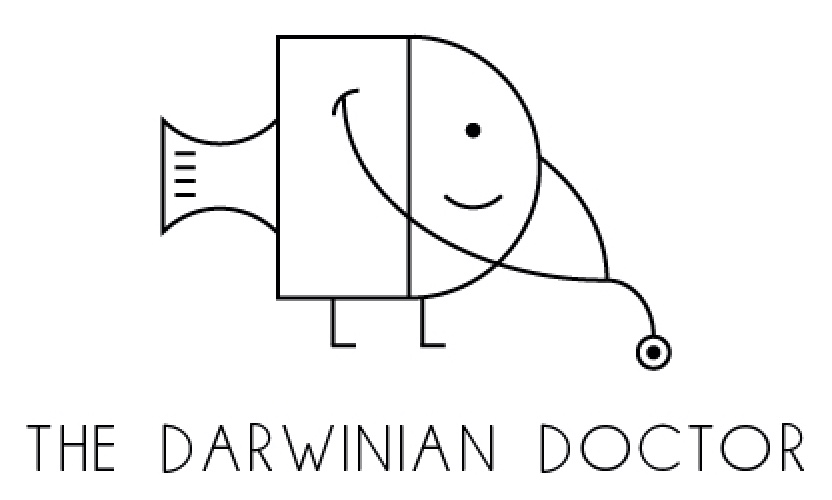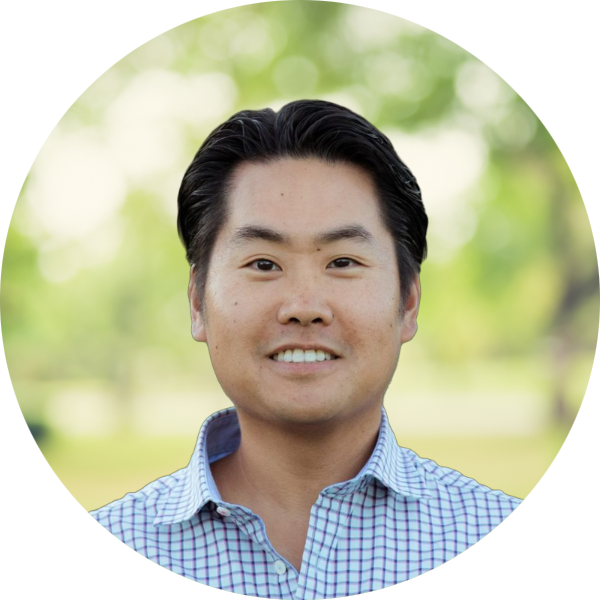This post will explore the history of the FIRE movement, including its origins, earliest practitioners, the Trinity Study, and the 4% rule.

This post may contain affiliate links.
Introduction
FIRE stands for “financial independence, retire early.” It’s the drumbeat and goal for many people now who are ground down by the corporate rat race. Let’s dive into this concept today!
If you’re reading this, you’re probably tired of being in debt and getting up every morning, only to spend your precious life working for bosses that you hate and companies that you don’t care about.
Or perhaps you don’t hate your job, but you are wondering if there’s more to life than just working for 30 years, retiring, and then dying a few years later.
Maybe you think there’s a higher purpose out there for you, but you’re not going to get there unless you have the freedom in your day to day that can only be achieved through financial independence.
So let’s get to work. In this post, I’ll define FIRE and then talk about the history of the FIRE movement and how it relates to you!
Let’s jump right in and start with the basics.
What is FIRE?
FIRE stands for “financial independence, retire early.” This little four word phrase is the drumbeat and goal for millions of people, just like you, who are tired of the rat race.
The basic concept of the FIRE movement isn’t new. For as long as people have been earning money, it’s been the dream to have enough money that you don’t have to work to live. Because that’s the basic idea. If you’ve achieved FIRE, you have enough assets so that you’re financially independent and can retire early from your job.
King Tut
If you think of financially independent people in history, some names come to mind like King Tutenkamen, King Solomon, or perhaps Queen Victoria. They were all royalty, with immense streams of wealth from taxation, land ownership, or the royal coffers. They didn’t have to work to live. Their wealth and power bought them whatever they wanted to eat and more importantly, allowed them to spend their time how they wanted to spend it.
If they wanted to stay in bed one morning, they just did it. I bet they didn’t have to have that mental debate where you’re lying in bed, desperately wanting to take the day off, but feeling like it’s not possible. Does that sound familiar? It’s when you mentally calculate your remaining days of sick leave, or the risk of you losing your job if you don’t show up to work that day. Look, we’ve all been there.
It’s the same thing with vacation. If Queen Victoria wanted to take a trip to Paris, she just did it! She didn’t have to consider the risk of her employer getting mad at her or having enough money to take unpaid leave if she was out of vacation days.
Since she lived in the 19th century, maybe she had to travel by horse drawn carriage or train, but if she wanted to eat croissants while overlooking the Seine river, you better believe she was able to make it happen.
You could argue that their “work” was being a ruler, which I’m sure was actually quite a bit of effort. I’m sure a lot of leaders feel that they do a better job leading than their underlings, and therefore worry about taking time off.
But my point is that with the immense resources available to these historical figures, they had complete freedom. If one day they suddenly wanted to take their assets and run away to another country, I’m sure they could have continued to live in luxury until the end of their days.
We’re lucky to be alive today
However, financial independence isn’t only for royalty anymore. If you’re reading this post, you’re probably from the US, Canada, the UK, or Australia. If you’re from another country, make sure to leave a comment and represent your country!
If you’re lucky enough to be living in a developed nation today, it’s within your power to achieve financial independence.
That might sound crazy, but it’s definitely true.
This wasn’t always the case, but really anyone living in developed countries today has the ability to invest money and move towards financial independence.
Here’s my basic message here: financial independence is achievable.
I’m not saying it’s easy. But it’s not as complicated as you might think.
Below, I’m going to go over the basic concept of achieving FIRE, and in later episodes, we’re going to go over the various flavors of FIRE.
“Your Money or Your Life”
Alright, to understand the origin of the modern FIRE movement, let’s rewind to the ’90s. The era of boy bands, bad fashion, and a little book called “Your Money or Your Life,” by Vicki Robin and Joe Dominguez.
This book is a seminal work in the realm of personal finance and the pursuit of financial independence. Basically, the book challenges you to transform your relationship with money, hopefully leading to a more meaningful and deliberate life. It introduces the concept that money is more than currency—it’s a reflection of our life energy, the hours of our lives we spend to earn it. The authors encourage you to assess the true cost of your purchases in terms of the hours spent to afford them.
They outlined a plan that includes tracking expenses, reducing debt, and investing. Eventually, they argue that you can get to a “crossover point” where your investment income exceeds your living expenses. That’s financial independence!
The Trinity Study
This book was inspirational to a lot of people, but I think the real game-changer came when a group of finance professors at Trinity University published the “Trinity Study” in 1998. Now this wasn’t about the holy trinity, but for disciples of the FIRE movement, it’s still pretty sacred.
These researchers crunched the numbers and came up with what we now call the 4% rule.
The researchers weren’t trying to figure out the holy grail of personal finance. Basically, they were trying to calculate the amount you can withdraw from investment accounts every year, while still ending up with money in your accounts at the end of a 30 year period.
They played around with various withdrawal rates and then tested these rates against different time periods in American history.
They found that as long as you kept a mix of stocks and bonds, you were about 95% likely to still have money left over after 30 years if you kept to a 4% withdrawal rate. You could even adjust the 4% with inflation every year!
This works because even though you’re taking out 4% of your investments every year, the rest of the investments continue to grow at a pace that greater than 4%.
They proved this formula to a 95% confidence level based on historical data.
So what we all learned from the Trinity Study is this: if you withdraw 4% of your retirement pot annually, you shouldn’t run out of money.
Now it’s important to know that this is only based on historical data, so if aliens invade and destroy the modern financial system and enslave the human race, of course having money in the stock market isn’t going to help us.
But for people interested in the nuts and bolts of creating financial independence, the Trinity Study was like being handed the secret recipe to never-ending guacamole. It was that amazing.
Next, we needed someone to be the guinea pig.
Mr Money Mustache
Enter the 2000s, the dawn of blogs. And with it, Mr. Money Mustache, the god-father of the modern FIRE movement.
Mr. Money Mustache is the website and pseudonym of 49-year-old Canadian-born blogger Peter Adeney. Adeney retired from his job as a software engineer in 2005 at age 30 by spending only a small percentage of his annual salary and consistently investing the remainder, primarily in stock market index funds.
Now, 18 years later, he’s still probably the most recognizable face of the FIRE movement. He lives in Longmont, Colorado, which has become somewhat of a mecca for financial independence aficionados.
The secret ingredient
The secret ingredient to the recipe of financial independence, though, is knowing how much money you need every year to live, and then coming up with a plan to get there. Then you also need to have a plan for what you’re going to do with your life once you reach your goals.
Like a lot of things in life, the devil is in the details.
Do I have to retire?
Before we close, an important point here is that retiring early is an optional part of FIRE. Just because you have the means to retire doesn’t mean that you have to do so. A lot of people, including myself, get a lot of satisfaction from working.
After I took five months off from medicine last year, I realized that I really miss practicing medicine! Real estate investing and content creation weren’t enough to fill my cup. So now I’m back practicing medicine for about a third of the month.
In fact, I’ve realized that a large part of my purpose in life is to use my skills and talents to benefit the world. So I don’t think I will ever stop working. It just might not be in the traditional sense of a 9-5 job.
I just want control. I want to be able to spend more of my time how I want to spend it, doing what I want to do. I don’t want to go to a job I hate just to keep a roof over my head and food on the table. Can you empathize? I bet you feel the same way.
A lot of people don’t understand this point, and use the “retire early” part of FIRE to criticize the movement. They say that people who want to become financially independent are lazy and just want to watch Netflix and make homemade kombucha all day. These people are misinformed. They’re also probably jealous that you are working towards a better future, while they are stuck in jobs they hate until they die.
That got a little dark, sorry about that.
In any case, the resistance to the retirement part of FIRE is the reason why some people in the FIRE community actually just refer to it by the first two letters: FI. They choose to reject the retirement part entirely.
That’s totally fine also, but I think the word FIRE is just so much better. I love the visceral associations with flames. To me, this is a better image to represent the burning desire that people have to break free from the shackles of debt and the hamster wheel of corporate life.
Conclusion
If you’re reading this far, thank you. I’m glad you’re here. I hope you enjoyed this overview of the history of the FIRE movement.
By reading, it means that you’re interested in moving towards a better, financially independent future where you get to live life on your terms.
So welcome home. The FIRE movement is about living life on your terms. It’s about saying “Goodbye!” to the 9-to-5 grind and “Hello!” to a life where you call the shots.
Next time, we’ll talk about the different flavors of FIRE.
Until then!
— The Darwinian Doctor
Make sure to join the mailing list so you don’t miss a post!
Want to support the blog?
- Join our investor club at Cereus Real Estate
- Visit my Recommendations page
- Check out my wife’s food blog: Eat Dessert First
- Stay at our luxury short term rentals
- Check out my TikTok channel
- Follow me on Instagram
- Follow me on YouTube
- Contact me with questions


